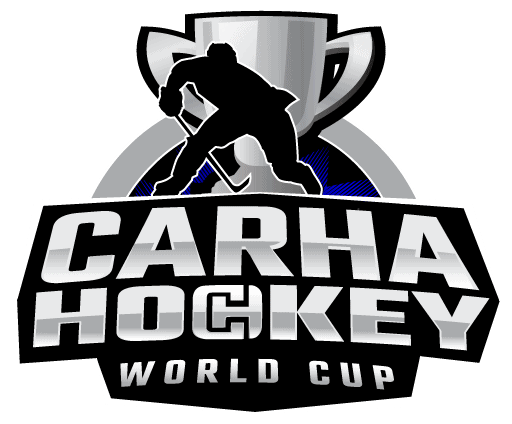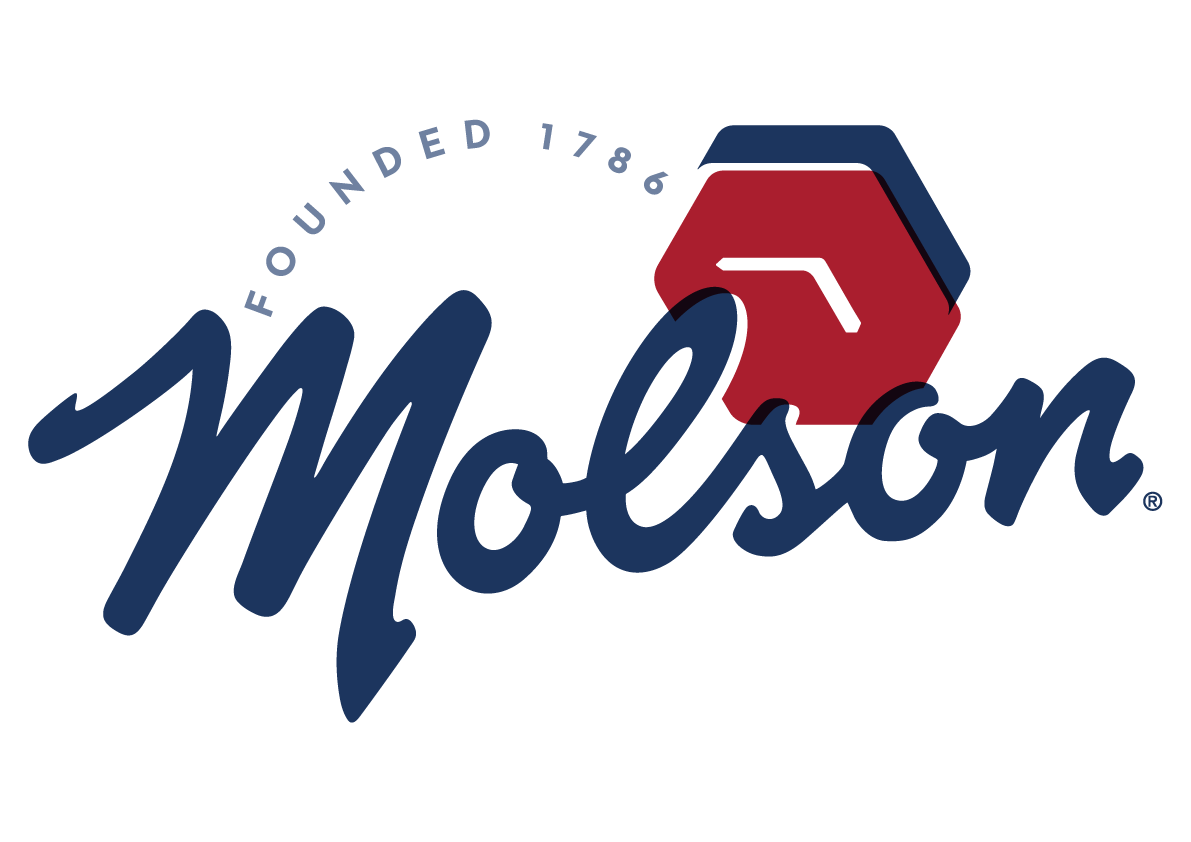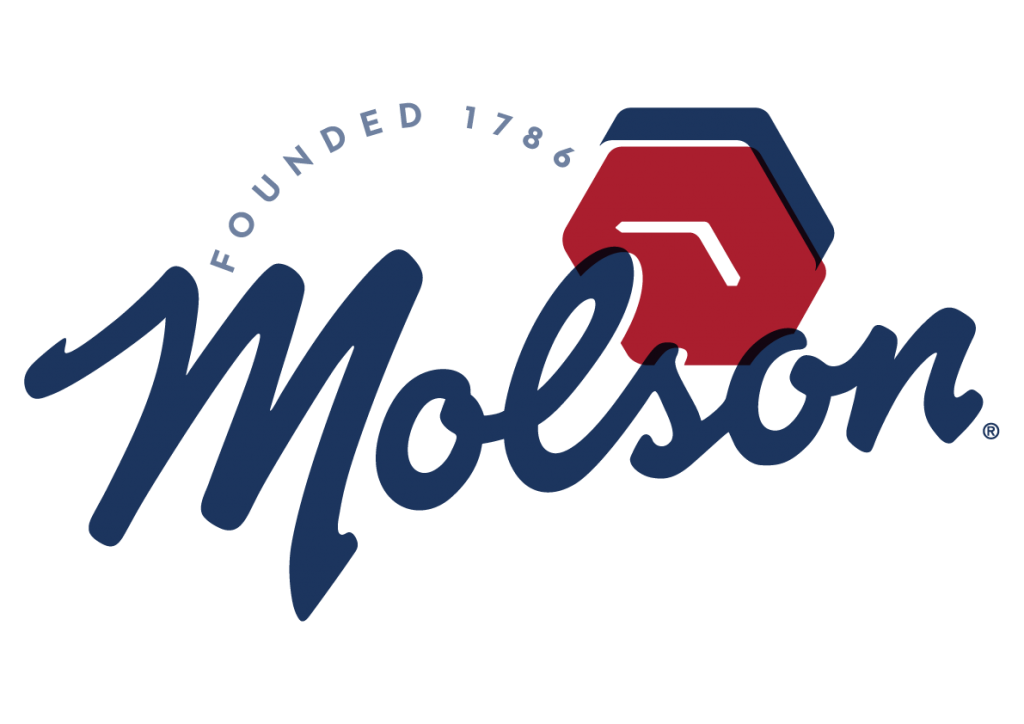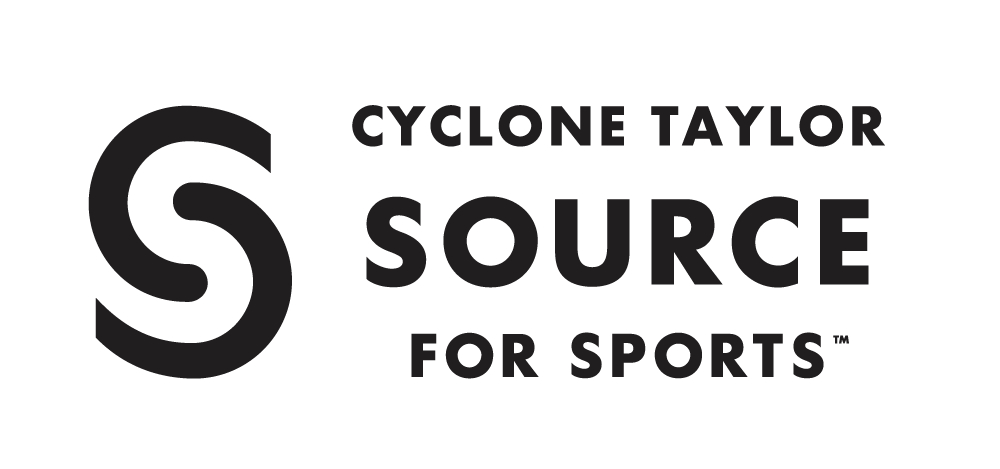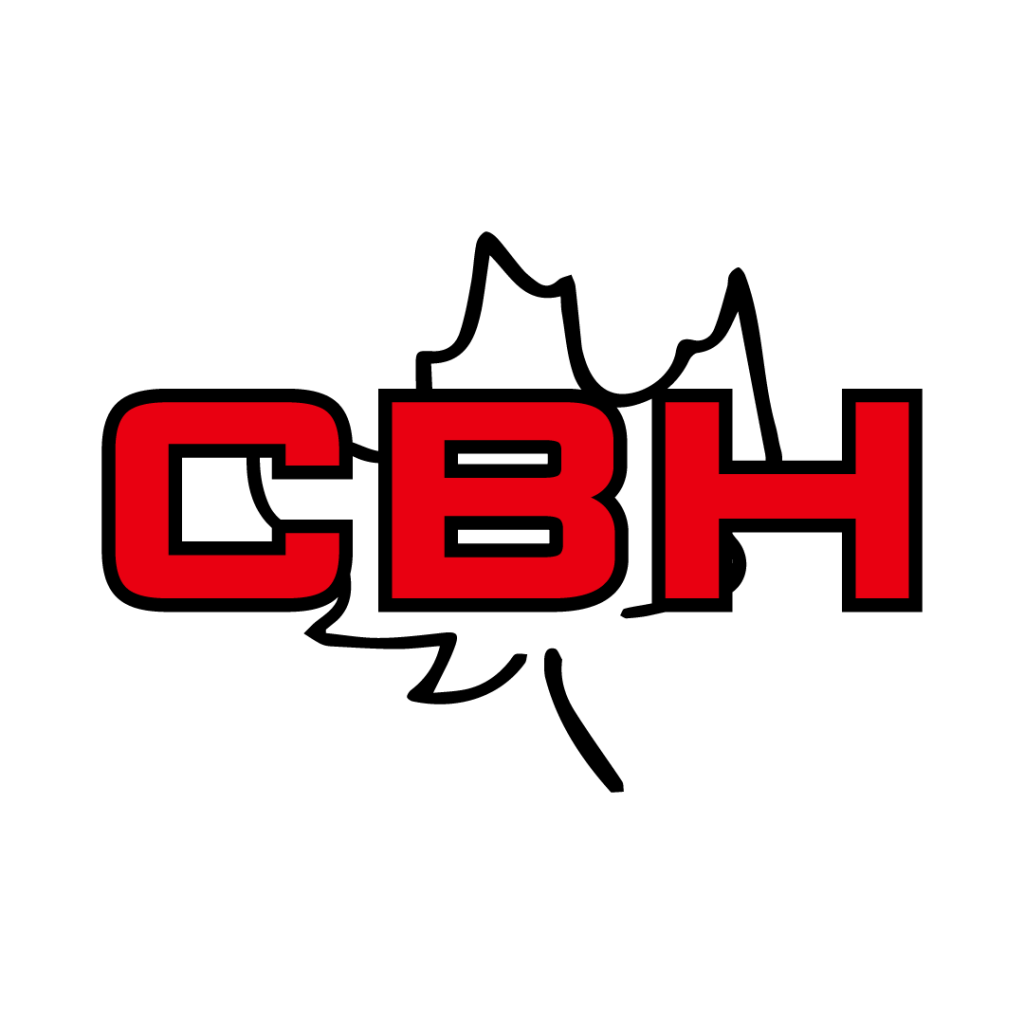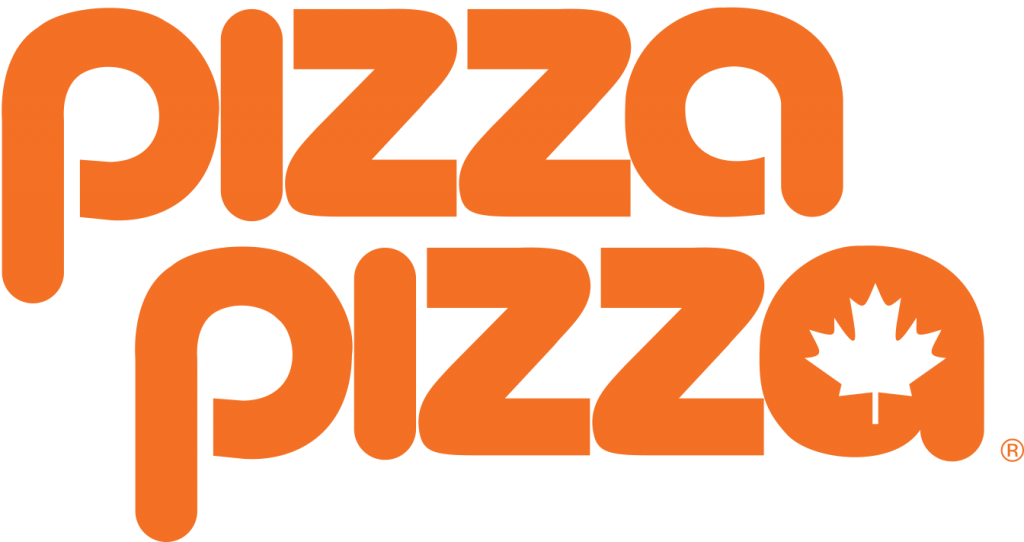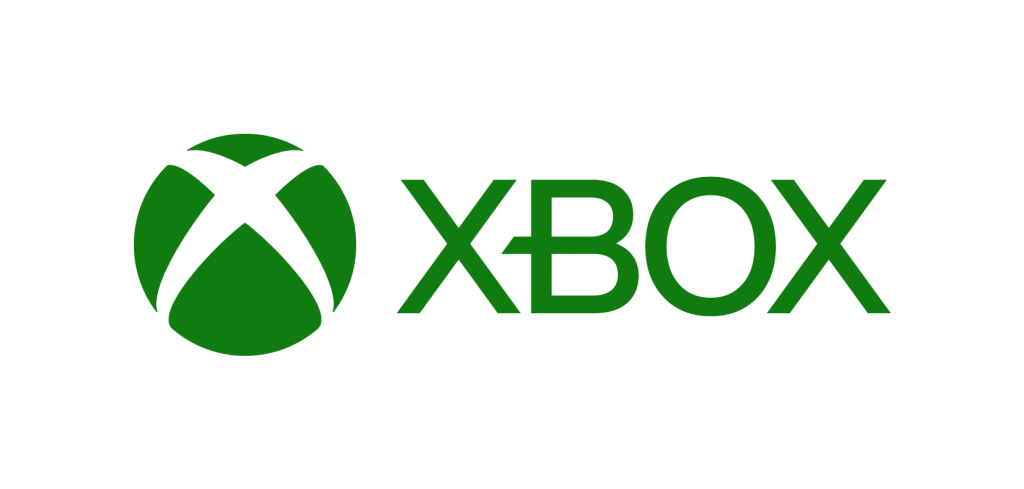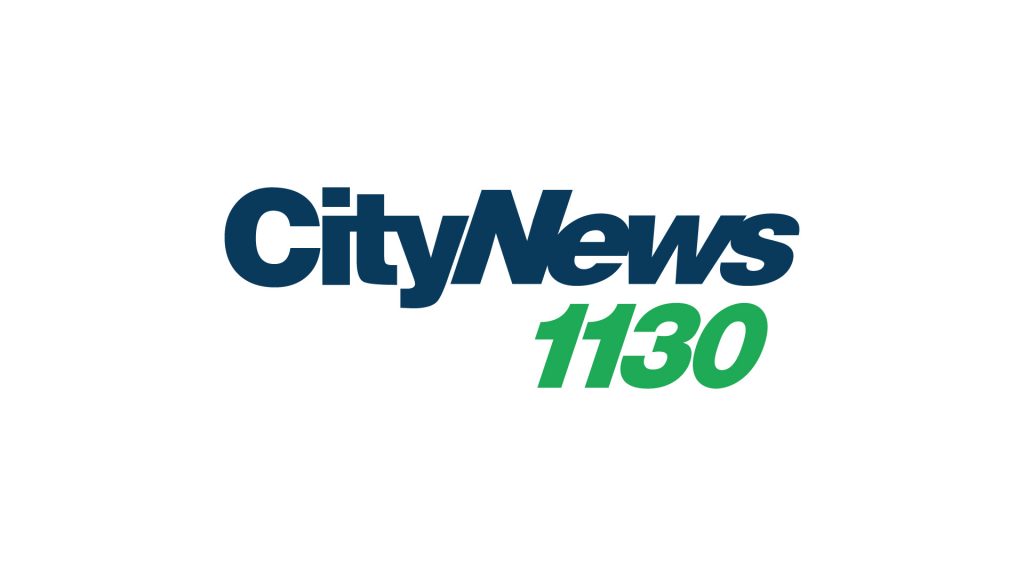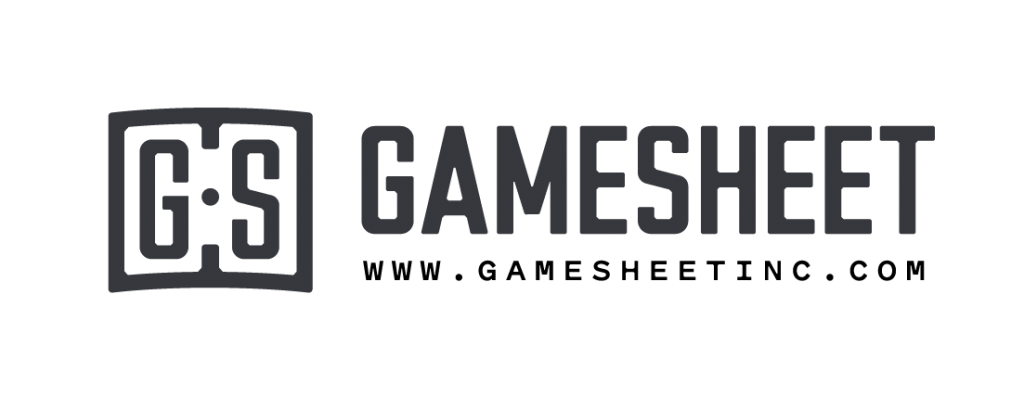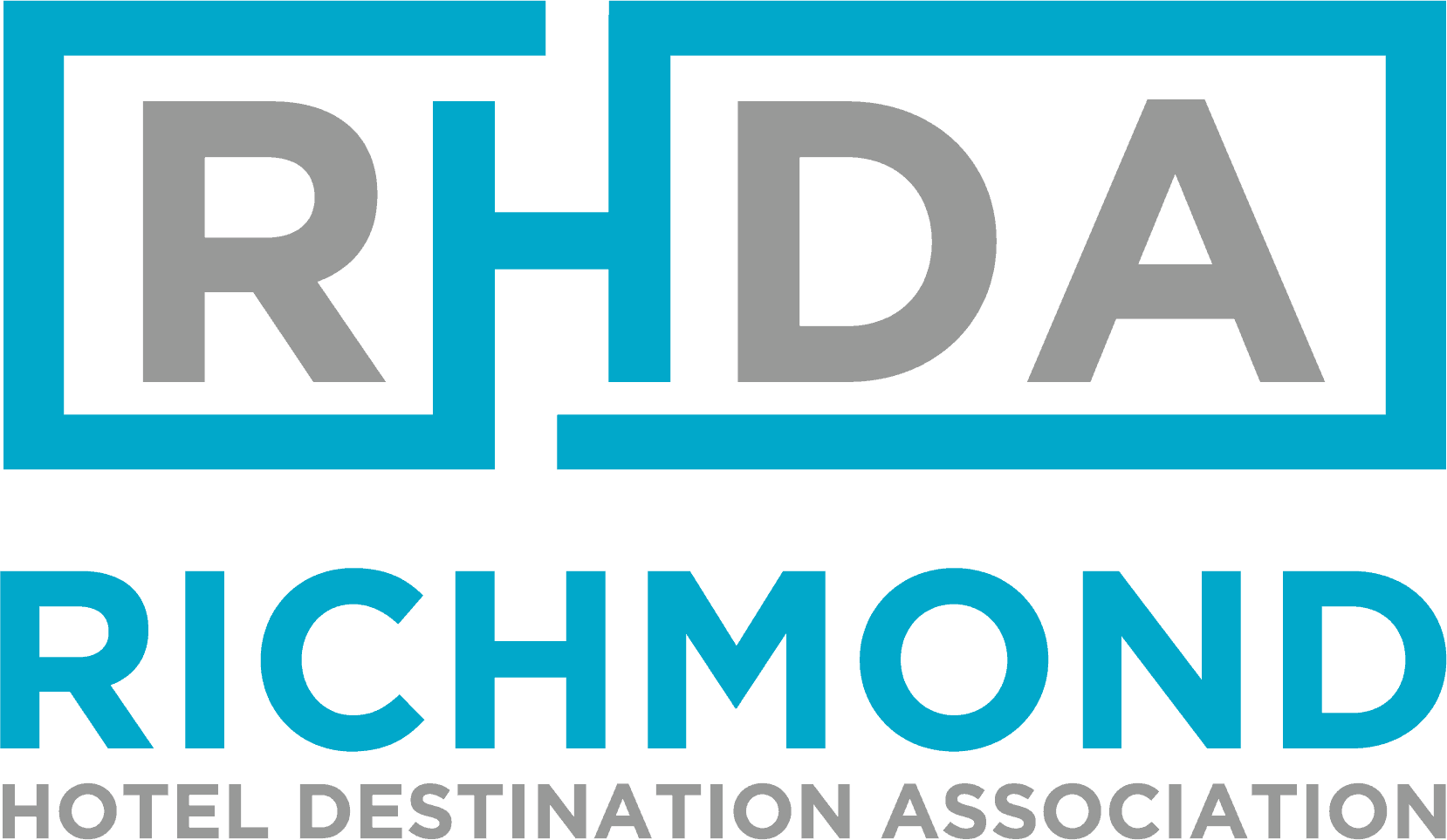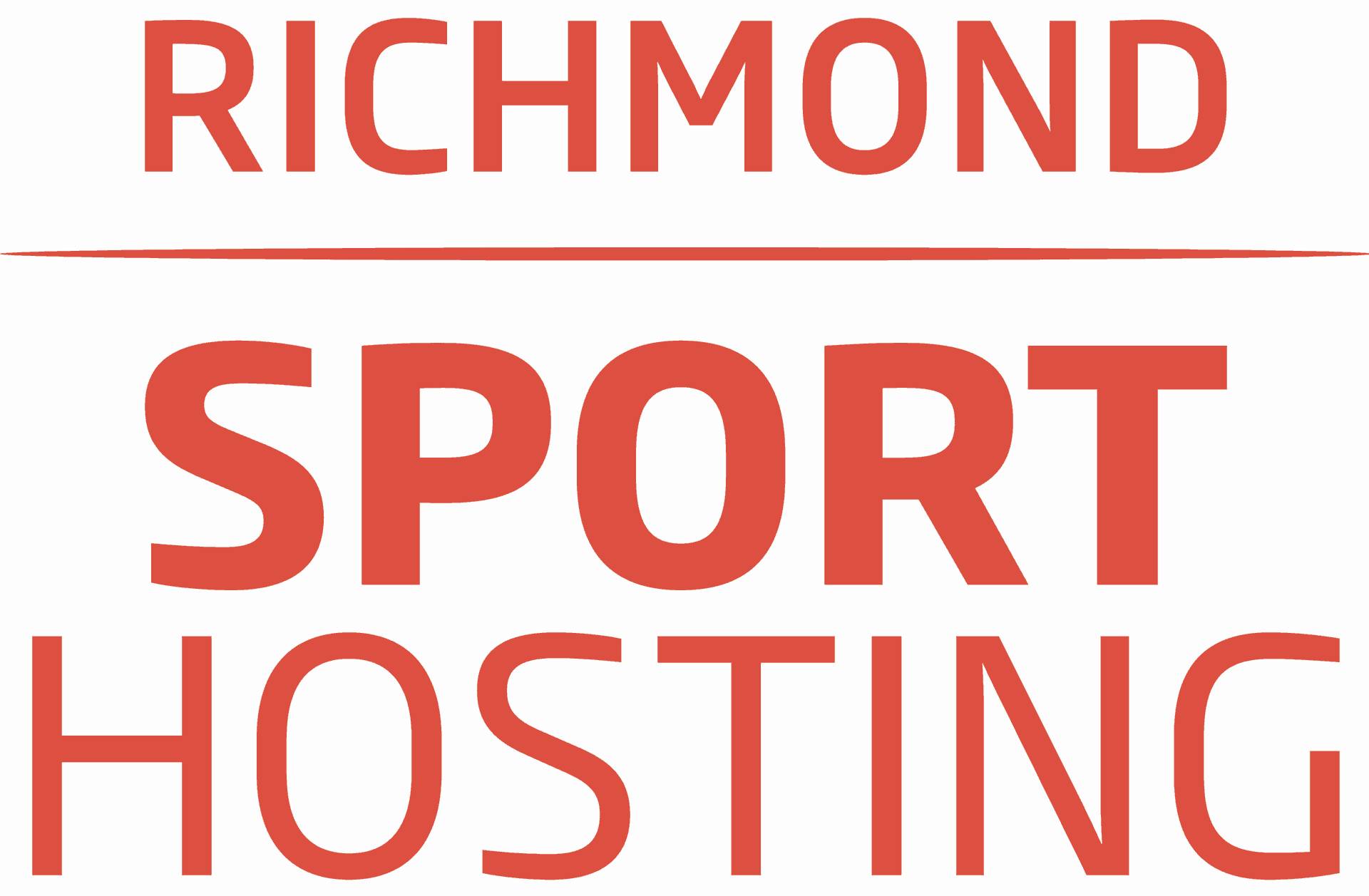1. Prior to the start of the tournament, participating teams must forward the team’s tournament roster to the Tournament Committee. Any changes to the roster after the schedule is drawn must be cleared with the Tournament Committee.
2. Teams must register with the Tournament Committee prior to playing their first tournament game.
3. All players participating must be the designated tournament age or turn the designated age by the end of the same calendar year. At the request of the Tournament Committee, participants must show proof of age.
Note: Proof of age must be presented within one hour of Committee’s request.
Note: Players participating in a 19 and over division must be 19 years of age by the tournament start date. Players under the age of 19 will be considered ineligible to participate.
For the 2023 tournament only
In consideration of the postponements due to COVID, we will be extending an exception to our age division rule allowing teams to carry two players up to three years younger than their desired age division.
4. In tournaments that include age divisions starting at 40+. the goaltender on participating teams may be five (5) years younger than the designated age.
5. A team who is found to have used an ineligible player in a tournament game(s) shall have the game(s) defaulted. The Tournament Committee may take further action against the offending team depending on the severity of the infraction.
6. A player will only be allowed to play for one team in a tournament.
(a) Teams must dress a minimum playing roster of eleven players (ten skaters and a goaltender).
Note: Special circumstances with regards to this rule may be reviewed by the Tournament Committee and their decision shall be final.
7. Teams having one goalkeeper must accept a goalkeeper assigned or approved by the Tournament Committee in the event of an injury, sickness or suspension to the original goalkeeper.
8. To be eligible for the play-off games the player’s name must appear on the team roster and he must have participated in one of his/her team’s round robin games. Should the team be in a seven or five team division where only two round robin games are played, the third game which would be the first of their playoffs would count as a round robin in the sense of player eligibility.
9. Any CARHA Hockey tournament game(s) that results in a default, the final score will be recorded as a 2 – 0 victory for the non-defaulting team.
10. Should a score differential be more than 7 goals for one team, the players stats shall count towards the game, however the team’s final score will be no more than a 7 goal spread. (Example – if the actual score of the game is 10-0, the score will officially be recorded as 7-0)
11. It is the responsibility of the teams and the players to understand the Playing Rules as they apply to suspensions. A team may forfeit their next game(s) if they play a player who has received a penalty resulting in a suspension.
12. Teams are requested to be ready to start their tournament games at the designated times.
13. All equipment worn by players must be CSA approved. Non-CSA APPROVED helmets will not be allowed on the ice at any CARHA Hockey operated tournaments. Old style JOFA helmets (often called Gretzky helmet) which are not CSA approved will not be allowed under CARHA Hockey Rule 24 (b);
14. While on the ice, all players must wear a CSA or HECC approved helmet with the chin strap properly fastened under the chin.
15. Goalkeepers in the CARHA Hockey World Cup shall be required to wear a CSA approved hockey helmet to which a facial protector has been securely attached and not altered in any way. It is recommended that all goalkeepers wear a throat protector.
Note: Non-CSA approved goalie facemasks, such as Cat-eye goalie cages, are permissible, but are under the own risk of goalies. No insurance claims on facial or dental will be accepted if the goalie is wearing a cat-eye cage.
16. A mercy rule will be in effect in which the game will go to running time if there is a five (5) or more goal spread with 10 minutes remaining in regulation time. There will be no reverting back to stop time for the balance of the regulation game. Penalties assessed during running time will be 3 minutes for a Minor penalty, 7 minutes for a Major/Match penalty and 12 minutes for Misconduct penalties. During stop time play a Minor penalty will be 2 minutes, a Major/Match penalty will be 5 minutes and all Misconduct penalties will be 10 minutes in length.
17. If a player(s) is assessed a penalty during stop time and during that penalty the clock goes to running time under the Mercy Rule, the penalized player(s) will still be allowed to return to play at the designated time of penalty expiration.
18. Teams are not permitted to take timeouts and if, in the opinion of the Referee, a team is deliberately delaying the game in any manner that team will be assessed a Bench Minor penalty under Rule 55 – Delay of Game
19. A player, including a goalkeeper, assessed a Major penalty shall be ruled off the ice for the remainder of the game (Major penalty plus Game Misconduct). The penalized team shall place a substitute player on the Penalty Bench to serve five minutes actual playing time, during which time no on ice substitutions shall be permitted.
20. PENALTY TYPES:
Rule 32 (c) – A Game Misconduct penalty assessed under Rule 46 – Abuse of Officials, Unsportsmanlike Conduct/Misconduct, does not incur automatic suspension, unless it occurs in the last 10 minutes of the game (regular playing time including overtime), in which case the penalized player shall be suspended for a minimum of the next regular league, play-off, or tournament game. A total of 10 minutes shall be charged in the records against the penalized player for a Game Misconduct penalty.
Major Penalty, Rule 30 (a) – A player, including a goalkeeper, assessed a Major penalty shall be ruled off the ice for the remainder of the game (Major penalty plus Game Misconduct). The penalized team shall place a substitute player on the Penalty Bench to serve five minutes actual playing time, during which time no on ice substitutions shall be permitted.
(Note): The only exception to this rule is when a Major penalty has been assessed for an ACCIDENTAL high stick, in which case the Game Misconduct shall not apply.
Gross Misconduct Penalty, Rule 33 – Any player or team official incurring a “Gross Misconduct“ penalty shall be ejected from the game. A substitute for the penalized player shall be permitted immediately.
Match Penalty, Rule 34 (a) – Any player or team official incurring a “Match” penalty shall be ordered to the dressing room immediately for the balance of the game and will not be permitted to take part in any further games until his case has been dealt with by the discipline committee.
21. Fighting, Rule 58 (a) – A Match penalty shall be assessed to any player who is identified by the referee as the instigator or aggressor in a fight. The opposing player may then be assessed a Match penalty if he fights back or continues the altercation, a Minor penalty for roughing, or no penalty at all, depending on the circumstances.
(Note): If two players throw the first punch simultaneously, then both players will receive Match penalties.
22. Boarding and Body Contact, Rule 49 (a) – A Minor or Major penalty, at the discretion of the Referee, based upon the, intent and the violence of the impact with the opposing player, shall be assessed to any player who intentionally bodies, pushes, shoves, stands in front of an opponent for the purpose of making contact, and/or does not avert body contact with an opponent. When injury results from intentional body contact a Major penalty shall be assessed.
Rule 49 (b) – In the event that a player, by committing an infraction of the rules, causes an opponent to collide with the boards, the Minor penalty normally assessed under the rules will be waived and a Double Minor penalty shall be assessed. The Major and/or Match penalty applicable to the rule, will be assessed in the normal manner.
(Note): The Double Minor penalty assessed under this rule shall count as two (2) penalties in the application of the Three Penalty Rule (Rule 28 (f)).
Rule 49 (c) – Where, in the opinion of the Referee, accidental contact has taken place, no penalty shall be assessed.
23. Head Contact
Rule 50 (a) – A major penalty shall be assessed to any player who contacts an opponent in the head, face or neck with any part of the player’s body or equipment. *if a stick is used on contact this infraction falls under the High Sticking Rule #62
(Note): All contact above the shoulders is considered Head Contact
Rule 50 (b) – A Match Penalty shall be assessed to any player who deliberately attempts to injure or deliberately injures an opponent under this Rule.
24. High Sticking
Rule 62 (b) – A player who accidentally or intentionally contacts an opponent above the normal height of his shoulders with a high stick shall be assessed a Major penalty, whether or not injury results.
(Note): A player who is assessed a Major penalty for intentionally contacting an opponent with a High Stick shall also incur a Game Misconduct under Rule 30. The Game Misconduct penalty shall not apply to players assessed with a Major penalty for an accidental High Stick, except when injury results, then the Game Misconduct penalty shall be assessed.
Rule 62 (c) – A Match penalty shall be assessed to any player who deliberately attempts to injure or deliberately injures an opponent with a high stick.
Rule 62 (d) – Contacting the puck with the stick above the normal height of the player’s shoulders is prohibited. When it occurs, play shall be stopped immediately and a face-off shall take place in the offending team’s defensive zone at the nearest face-off spot. No penalty is assessed to the player.
25. Slap Shot
Rule 78 (a) – Any player who uses a “slap shot” during the game shall be assessed a Minor penalty. If an injury to an opponent results, a Major penalty shall be assessed. Slap shots will be allowed in all 19+, 25+, 30+ and women’s divisions.
(Note): The use of a “snap shot” has been authorized by the CARHA HOCKEY Rules Committee. The “snap shot” is to bring the stick back behind the puck a maximum of fifteen inches either on or off the ice and to shoot the puck in wrist shot fashion.
Rule 78 (b) – A player who uses the action of a Fake Slap Shot for the purpose or intimidating an opposing player and/or opposing goalkeeper shall be assessed a Minor penalty.
26. Players and/or Team Officials who, by virtue of penalty(ies) assessed, are suspended for the balance of a game and any further game(s) and will not be permitted in the playing area. Failure to comply with this rule may lead to further action taken against the team and person(s) affiliated with the team, including assessing Delay of Game penalties.
27. The Referees are instructed to apply the rules firmly in regards to acts of violence.
28. A team will be awarded 2 points for winning a game, 1 point for a tie and 0 points for a loss for all round robin tournament games.
29. Should a round robin game be tied after regulation time a 5 minute 4-on-4 overtime period will be played. If the tie is not broken during the overtime period, the game will be scored as a tie. No shootout will follow overtime in the round robin games.
30. Ties after completion of round robin play (for all divisions other than a 6-team division) will be broken in the following order:
1. Winner of round robin game between tied teams
2. Most wins
3. Goals for minus goals against
(Note 1): difference between goals scored by a team and the goals scored against that team.
(Note 2): for the purpose of applying this step, the greatest factor used will be +7 goals (example: if the actual score of the game is 10-0, a number factor no greater than plus 7 will be given to the winning team and a factor of minus 7 will be given to the losing team),
4. Least goals against
5. Best performance against 1st place team in division of tied teams
6. Least penalized team
7. Decision by Tournament Committee
The above rules will apply in sequence with no reverting back to determine placement of teams.
In a division of 6 teams where two teams are tied, the above format will be used; when three teams are tied, the following format will be used:
1. The team that played and beat all of the teams with which it is tied, places highest
1. Teams will be rated based on the most wins by a team
3. Goals for minus goals against
(Note 1): difference between goals scored by a team and the goals scored against that team.
(Note 2): for the purpose of applying this step, the greatest factor used will be +7 goals (example: if the actual score of the game is 10-0, a number factor no greater than plus 7 will be given to the winning team and a factor of minus 7 will be given to the losing team)
4. Least goals against
5. Best performance against 1st place team in division of tied teams
6. Least penalized team
Ties in the semi-final and final games will be broken by a 5 minute 4-on-4 sudden victory stop time period should time permit. If time does not permit (80 minute block per game), then the shootout will commence immediately. If still tied, each team will compete in a best of 3 shootout. If still tied, the shootout will go to sudden victory, with one player each side going until a victor is determined. Players cannot shoot again until everyone on their team has been used. This process will continue until a winner is determined. The shootout will run simultaneously with both shooters going at the same time. Teams must pick the initial 3 shooters and indicate them on the official game sheet prior to the start of the 5- minute sudden death overtime.
Rules may be changed by CARHA Hockey and are subject to review prior to the tournament.
CARHA Hockey Registered players acknowledge that there is a risk of being injured when playing the game of hockey.
All players must be members of CARHA Hockey in order to participate in the CARHA Hockey World Cup tournament. Click here for CARHA Hockey membership details.
